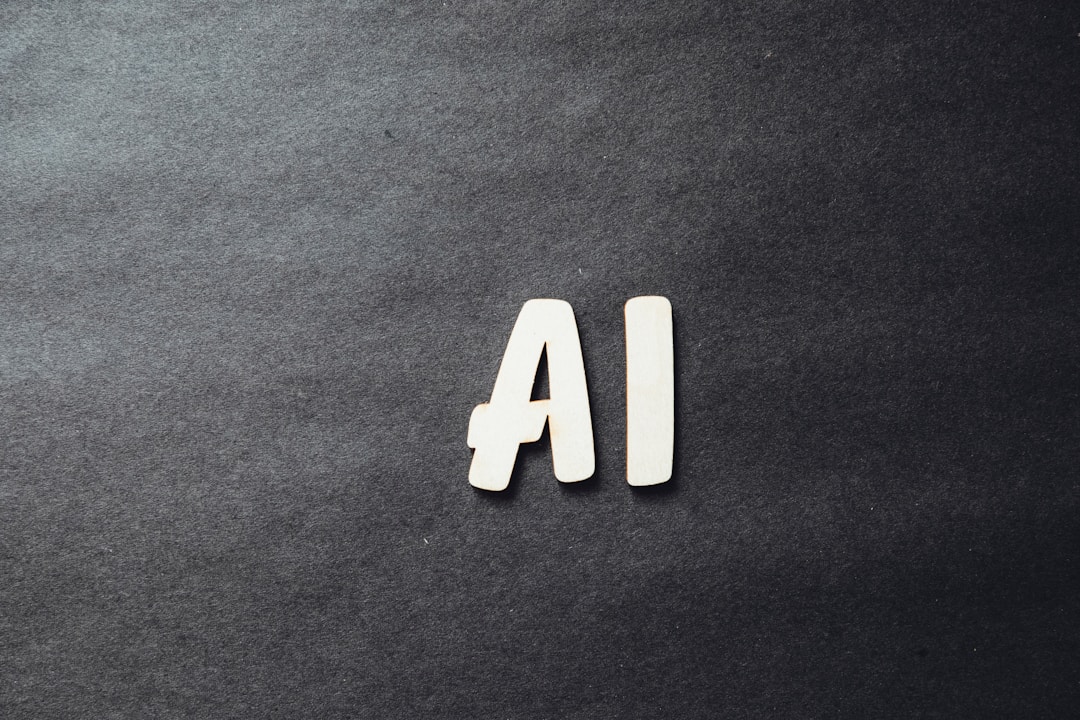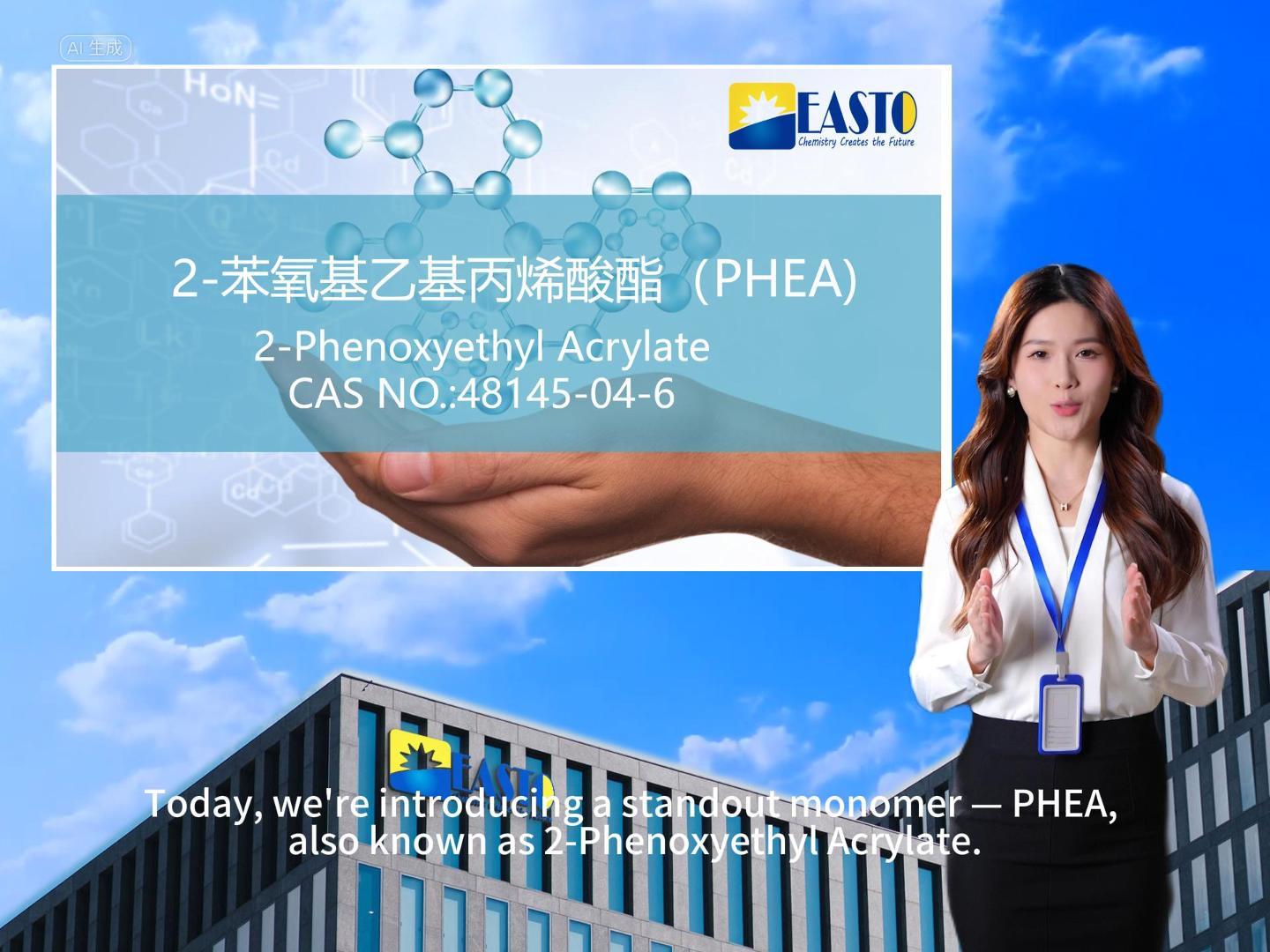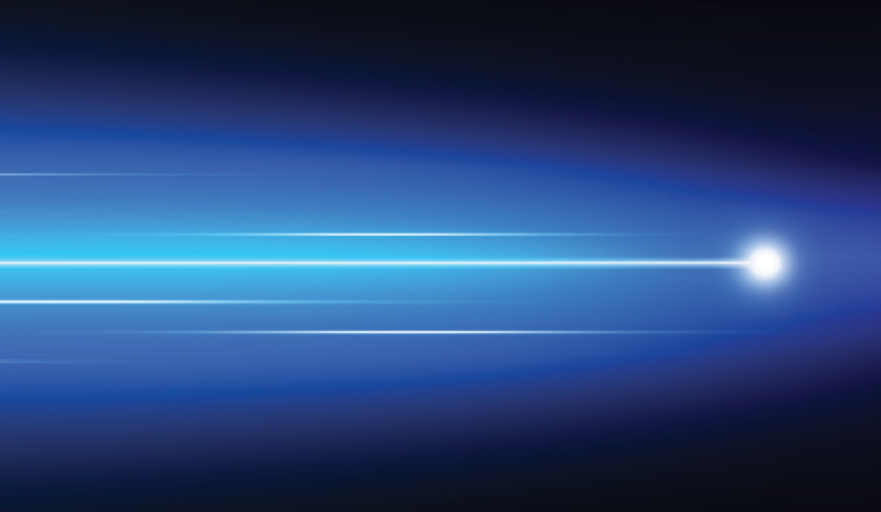Title: Energy-Cured Coating Technology: A Critical Breakthrough in Transportation Lightweighting
Release time:
2025-04-22
Introduction
In the transportation sector, lightweighting has become a core strategy for reducing energy consumption and improving efficiency. Whether it is Formula 1 (F1) racing cars pursuing extreme speed, electric vehicles (EVs) prioritizing range, or aerospace vehicles balancing strength and weight, every gram of weight reduction can lead to transformative outcomes. However, one often-overlooked element has quietly emerged as pivotal in this process: coating technology. Traditional coatings, limited by weight and environmental concerns, are gradually revealing their shortcomings. In contrast, energy-cured coating technologies—Ultraviolet (UV), UV LED, and Electron Beam (EB)—are redefining the future of lightweighting through their efficiency and sustainability.
I. The Conflict Between Lightweighting Needs and Coating Technologies
The core goal of lightweighting is to reduce equipment weight through material optimization, thereby lowering energy consumption. For example, the energy density of an EV battery is directly tied to vehicle weight; reducing weight by 10% can increase range by approximately 6%-8%. However, traditional coating technologies have become an invisible barrier to this objective:
Weight Burden: Conventional passenger vehicle coating systems weigh 25-30 kg, while F1 racing cars compress this to just 1.5 kg using high-precision coatings—a 95% reduction.
Environmental Bottlenecks: Traditional thermal-cured coatings rely on high-temperature baking, releasing large amounts of Volatile Organic Compounds (VOCs). These require additional energy for incineration, leading to carbon emissions and air pollution.
Coatings are not merely aesthetic enhancements; they are critical for substrate protection and aerodynamic optimization. How can we reduce weight while balancing performance and sustainability? Energy-cured technologies provide the answer.
II. Energy-Cured Technologies: Principles and Revolutionary Advantages
Energy-cured technologies use ultraviolet (UV), UV LED, or electron beams (EB) to directly trigger cross-linking reactions in coatings, eliminating the need for solvents or high-temperature baking. Their advantages span three dimensions:
1. Environmental Friendliness
Zero VOC Emissions: Solvent-based coatings release VOCs that require treatment via Regenerative Thermal Oxidizers (RTOs), consuming natural gas and producing sulfur oxides (SOx) and nitrogen oxides (NOx). Energy-cured coatings, composed of 100% solids, eliminate VOC pollution entirely.
95% Energy Reduction: Direct energy-focused curing avoids energy waste from heating air, equipment, and substrates.
2. Performance and Efficiency Enhancements
Thinner, Durable Layers: Energy-cured coatings are one-tenth the thickness of conventional coatings yet offer superior scratch resistance and corrosion protection.
Instant Curing: Traditional coatings require hours of baking, whereas UV/EB technologies achieve curing in seconds, drastically improving production efficiency.
3. Economic and Sustainability Benefits
Reduced Waste: Uncured materials can be recycled, lowering disposal costs.
Compact Equipment: Eliminating large ovens reduces production space requirements by over 50%.
III. Industry Applications: From F1 Racing to Commercial Aviation
Automotive Sector: Balancing Lightweighting and Range
Lessons from F1 Racing: Coatings are not just branding tools but critical for aerodynamic optimization. Through ultra-thin, multi-layer coatings (total weight: 1.5 kg), F1 cars reduce weight while maintaining smooth surfaces to minimize drag and debris accumulation.
EV Innovations: Lightweight coatings for battery components and vehicle bodies indirectly enhance energy density. Companies like Tesla have adopted UV-cured technologies, reducing coating weight by 30% while extending battery lifespan.
Aerospace: Durability and Maintenance Cycle Challenges
Complex Coating Processes: A commercial aircraft’s coating consumes over 1,000 liters of paint, involving multiple masking and layering steps. Energy-cured technologies can shorten curing times, compressing the total coating process from weeks to days.
Optimized Maintenance Intervals: Airlines must fully repaint aircraft every 5-7 years for safety. More durable energy-cured coatings could extend maintenance cycles, lowering operational costs.
IV. Future Outlook: Technological Synergy and Industry Transformation
Despite their advantages, widespread adoption of energy-cured technologies faces challenges:
Cost and Technical Adaptation: High initial investments for UV/EB equipment and the need to optimize formulations for diverse substrates (e.g., composites, metals).
Cross-Industry Collaboration: Automakers, airlines, and chemical manufacturers must collaborate to establish unified standards.
Future trends will focus on:
Integration with Clean Energy: Powering UV-curing systems with solar or wind energy to achieve zero-carbon processes.
Smart Manufacturing: Real-time curing monitoring via IoT (Internet of Things) to improve yield rates.
Conclusion
As the transportation industry advances toward carbon neutrality, lightweighting and sustainable manufacturing are inseparable. Energy-cured coating technologies, with their revolutionary environmental and performance benefits, are becoming central to this transformation. From F1 race tracks to commercial airliners at 30,000 feet, this technology not only redefines the boundaries of weight reduction but also demonstrates how efficiency and ecological responsibility can coexist. Moving forward, as costs decline and industry collaboration deepens, energy-cured coatings may well become the "new normal" in transportation.
Lightweighting
Latest News
Get a Free Consultancy
NANTONG EASTO MATERIALS TECHNOLOGY CO.,LTD.

No.118,Zhujiang Rd.,Juegang St.,Rudong County,
Nantong City,Jiangsu Province,226400,China




 2025-04-30
2025-04-30







